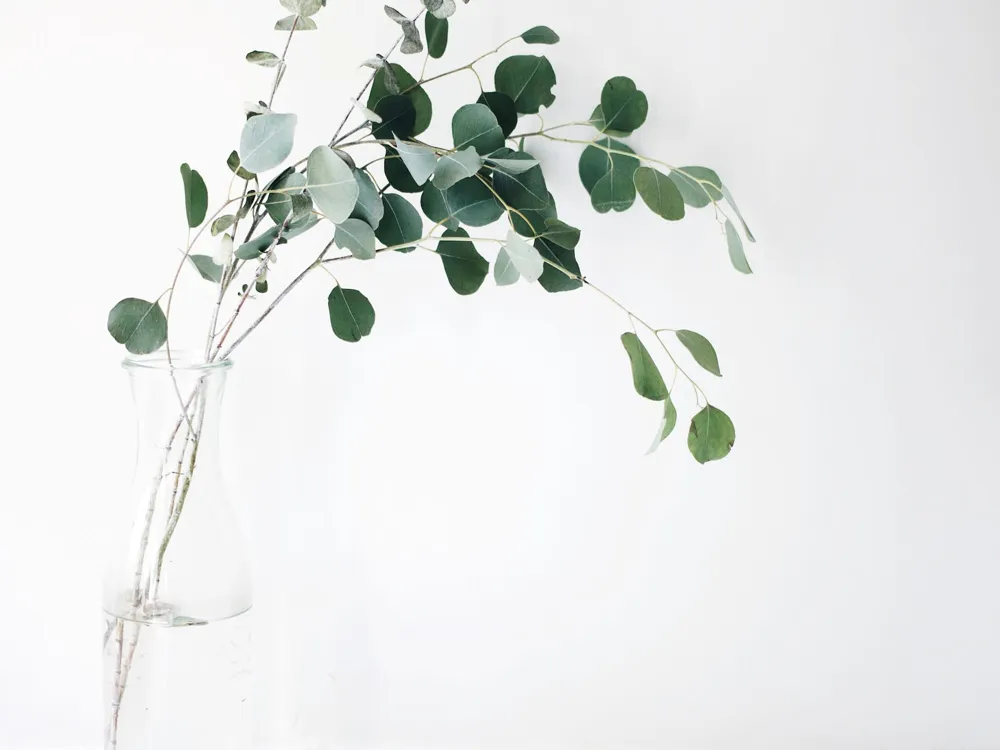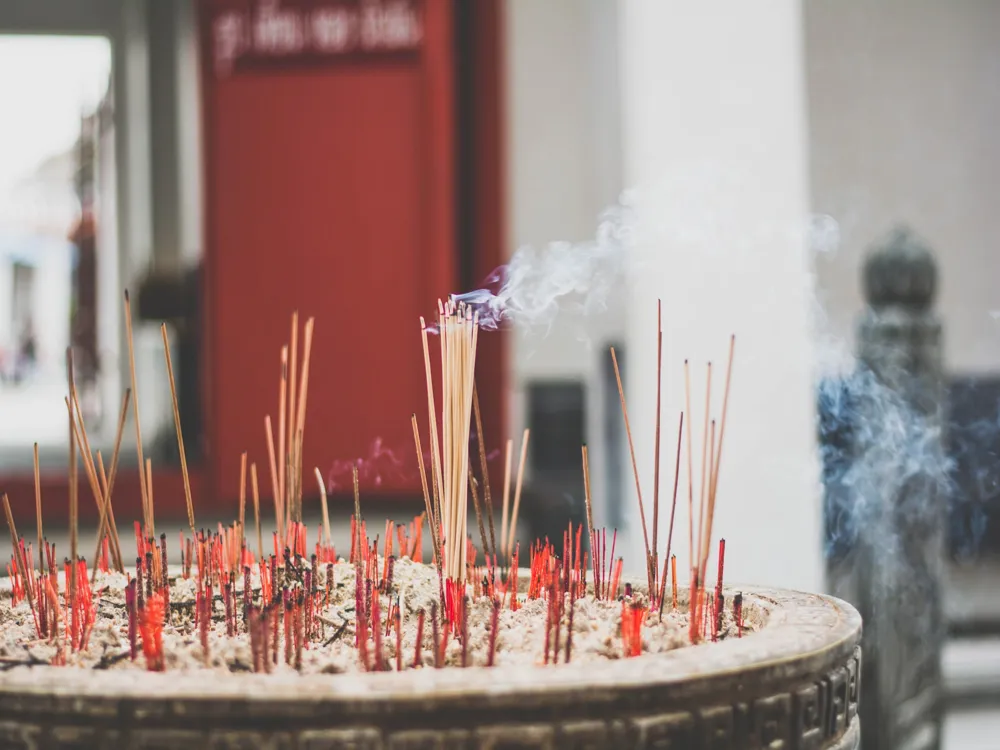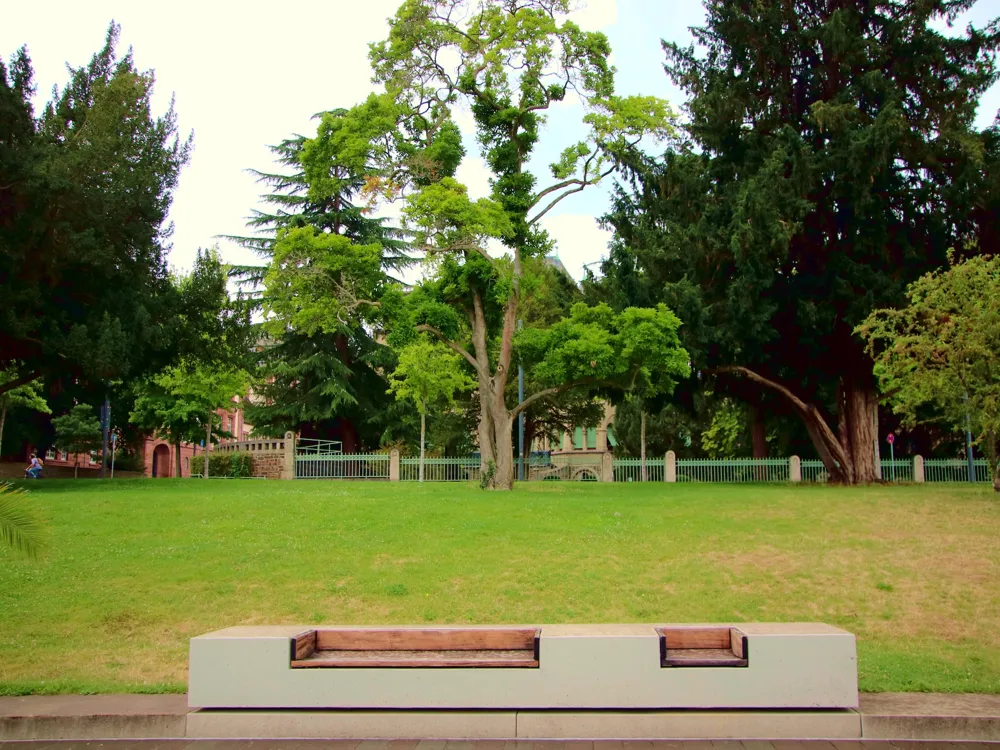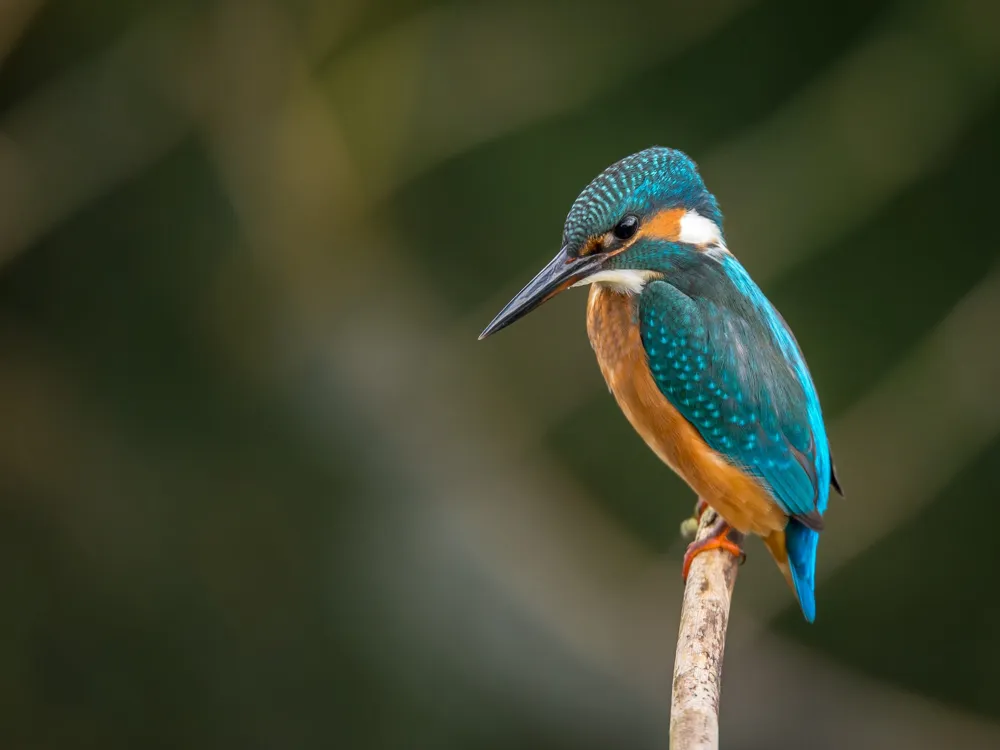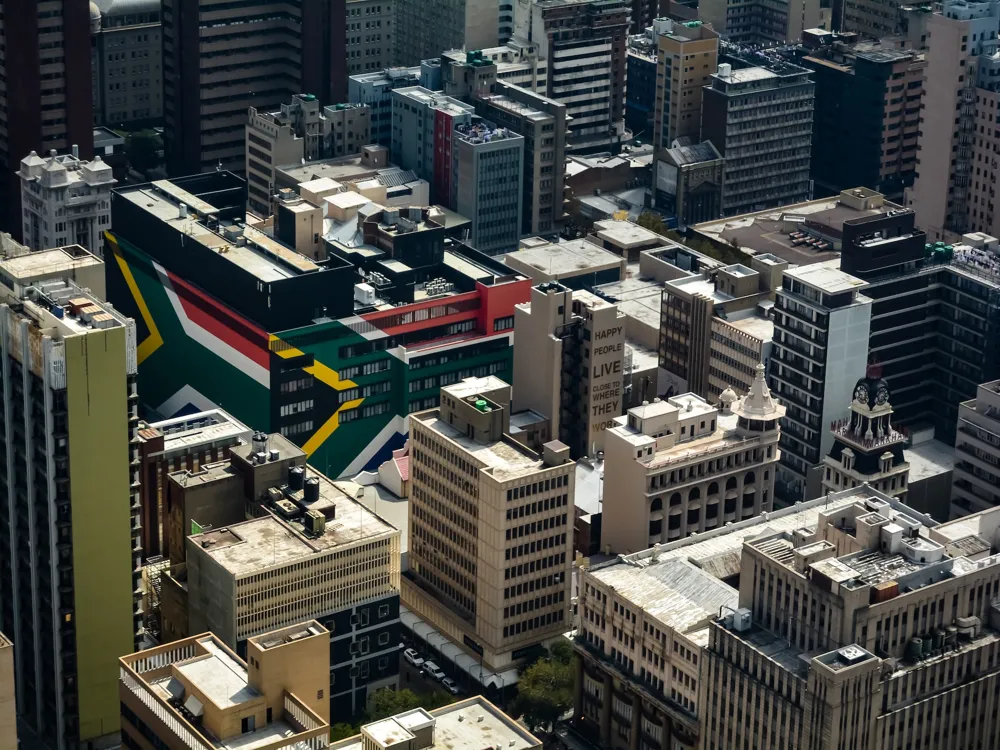The Durban Botanical Gardens, nestled in the heart of Durban, South Africa, stands as a testament to the city's rich botanical heritage and diversity. Established in 1849, these gardens are among the oldest surviving botanical gardens in Africa, sprawling over 15 hectares of lush landscapes. This verdant oasis is home to a remarkable collection of both indigenous and exotic plant species, attracting botanists, tourists, and nature enthusiasts from around the globe. Visitors can immerse themselves in the gardens' enchanting atmosphere, where the air is perfumed with the scent of blooming flowers and the sound of chirping birds. The gardens boast an impressive array of plant collections, including a renowned Orchid House, a majestic Cycad collection, and a variety of palm species. The rich biodiversity extends to the numerous bird species that have made the gardens their sanctuary, creating a vibrant ecosystem. The Durban Botanical Gardens are not only a center for botanical research and conservation but also a hub of cultural and social activities. The gardens frequently host music concerts, art exhibitions, and educational programs, fostering a strong community spirit and offering a tranquil retreat from the hustle and bustle of city life. With its picturesque landscapes and tranquil ambiance, the Durban Botanical Gardens provide a unique blend of natural beauty, scientific importance, and cultural richness, making it a must-visit destination in Durban. The architecture of the Durban Botanical Gardens is a harmonious blend of natural landscapes and thoughtfully designed structures that enhance the botanical experience. The layout of the gardens reflects a meticulous design that prioritizes the showcasing of plant species while ensuring visitor comfort and accessibility. Central to the garden's design is the Orchid House, a masterpiece of greenhouse architecture. This structure houses an exotic collection of orchids, displayed in a way that simulates their natural habitat. The use of glass and steel in the Orchid House creates a delicate balance between providing optimal growing conditions for the orchids and offering visitors a clear, unobstructed view of the stunning floral displays. Another architectural highlight is the Sunken Garden, a beautifully landscaped area that features a series of terraced flower beds and water features. This tranquil spot serves as a popular venue for small gatherings and wedding ceremonies. The use of stone pathways and strategically placed benches allows visitors to navigate and enjoy the garden at a leisurely pace. The overall architecture of the Durban Botanical Gardens is a testament to the fusion of nature and human ingenuity, providing a serene environment that not only showcases the beauty of the plant kingdom but also offers a space for relaxation and contemplation. The ideal time to visit the Durban Botanical Gardens is during the spring and early summer months when the flowers are in full bloom and the weather is pleasant. However, the gardens offer unique beauty throughout the year, making any season a good time to visit. Visitors are advised to bring a camera to capture the gardens' beauty, comfortable walking shoes, sunscreen, and a hat for sun protection. You may also want to carry a water bottle and a light snack. Consider joining a guided tour to gain deeper insights into the gardens' history, plant collections, and conservation efforts. Tours are usually available and can be booked in advance. While exploring the gardens, it's important to respect the environment. Stick to designated pathways, refrain from picking flowers or plants, and dispose of trash properly. Keep an eye on the garden's event calendar for special activities like concerts, exhibitions, and educational programs that might be taking place during your visit. The Durban Botanical Gardens are easily accessible from various parts of the city. Visitors can reach the gardens by car, public transport, or even on foot from nearby areas. There is ample parking available for those driving. For those using public transport, buses and taxis frequently pass by the gardens. Additionally, the gardens are located close to several major tourist attractions, making them a convenient stop on any sightseeing itinerary in Durban. Read More: Overview of Durban Botanical Gardens
Architecture of Durban Botanical Gardens
Tips When Visiting Durban Botanical Gardens
Best Time to Visit
What to Bring
Guided Tours
Respecting the Environment
Events and Activities
How To Reach Durban Botanical Gardens
Durban Botanical Gardens
Durban
₹ 35,000 onwards
View durban Packages
Durban Travel Packages
View All Packages For Durban
Top Hotel Collections for Durban

Private Pool

Luxury Hotels

5-Star Hotels

Pet Friendly
Top Hotels Near Durban
Other Top Ranking Places In Durban
View All Places To Visit In durban
View durban Packages
Durban Travel Packages
View All Packages For Durban
Top Hotel Collections for Durban

Private Pool

Luxury Hotels

5-Star Hotels

Pet Friendly







